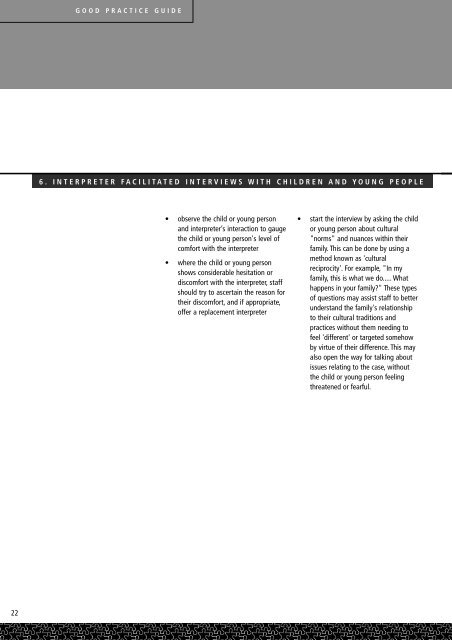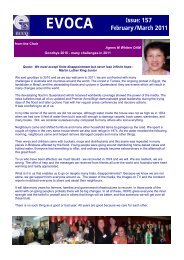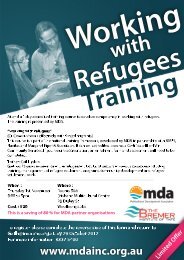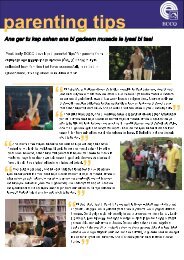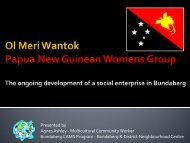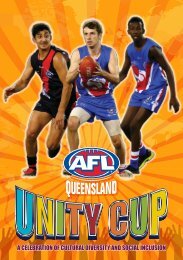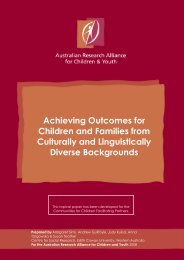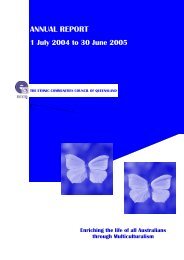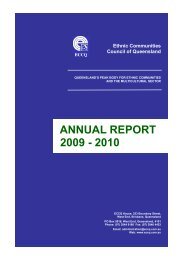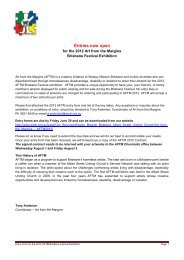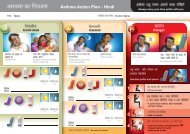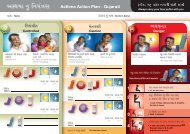Good Practice Guide
CALD Good practice guide
CALD Good practice guide
You also want an ePaper? Increase the reach of your titles
YUMPU automatically turns print PDFs into web optimized ePapers that Google loves.
GOOD PRACTICE GUIDE<br />
6. INTERPRETER FACILITATED INTERVIEWS WITH CHILDREN AND YOUNG PEOPLE<br />
• observe the child or young person<br />
and interpreter’s interaction to gauge<br />
the child or young person's level of<br />
comfort with the interpreter<br />
• where the child or young person<br />
shows considerable hesitation or<br />
discomfort with the interpreter, staff<br />
should try to ascertain the reason for<br />
their discomfort, and if appropriate,<br />
offer a replacement interpreter<br />
• start the interview by asking the child<br />
or young person about cultural<br />
"norms" and nuances within their<br />
family. This can be done by using a<br />
method known as 'cultural<br />
reciprocity'. For example, "In my<br />
family, this is what we do..... What<br />
happens in your family?" These types<br />
of questions may assist staff to better<br />
understand the family's relationship<br />
to their cultural traditions and<br />
practices without them needing to<br />
feel 'different' or targeted somehow<br />
by virtue of their difference. This may<br />
also open the way for talking about<br />
issues relating to the case, without<br />
the child or young person feeling<br />
threatened or fearful.<br />
22


